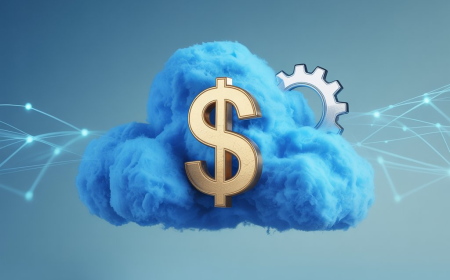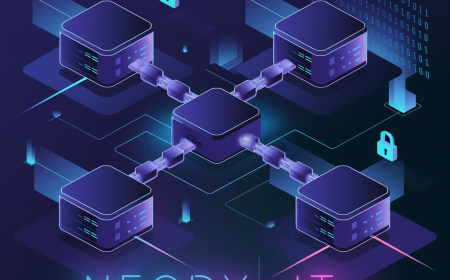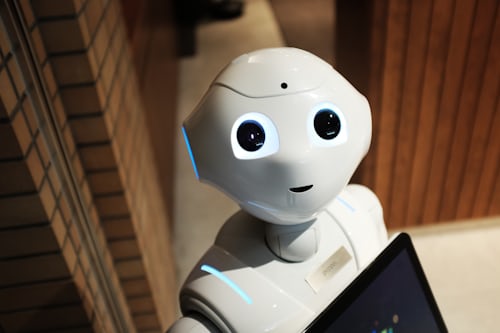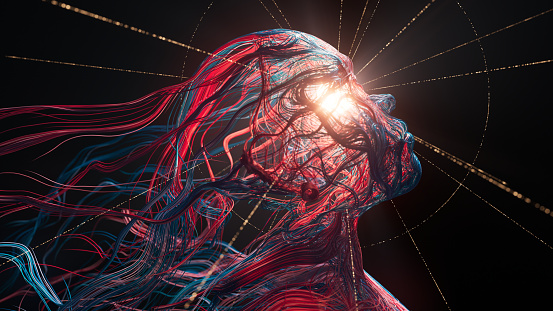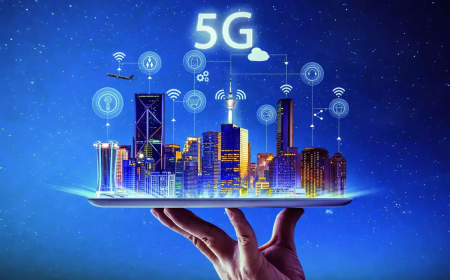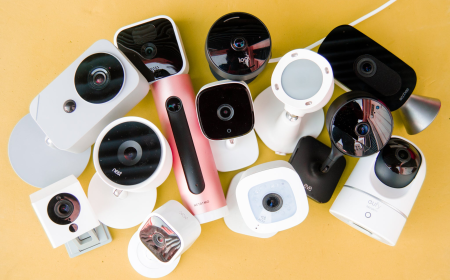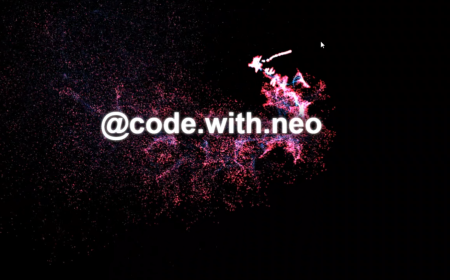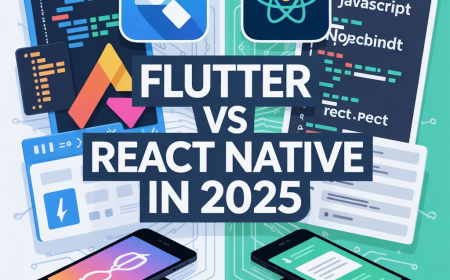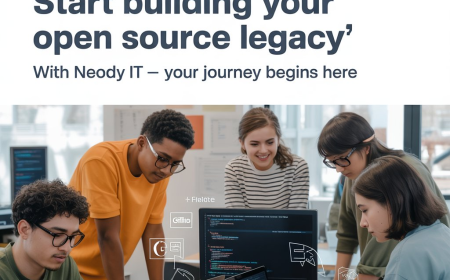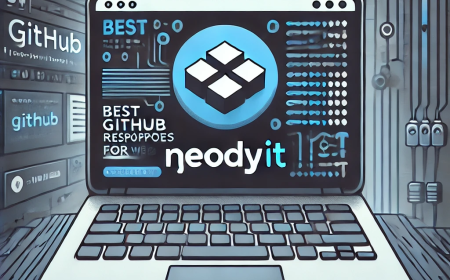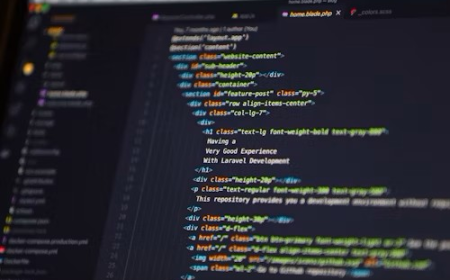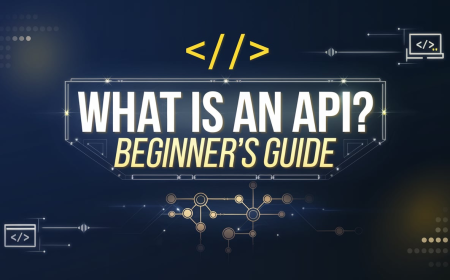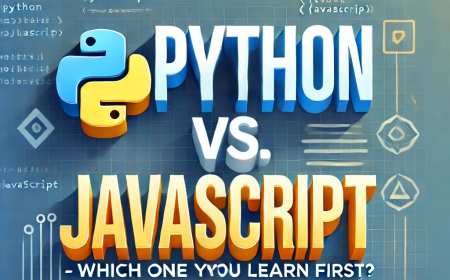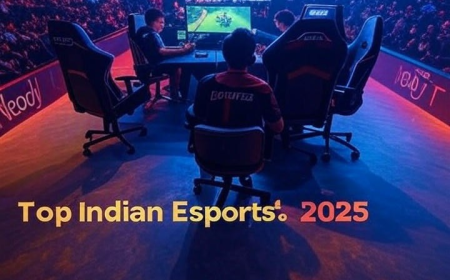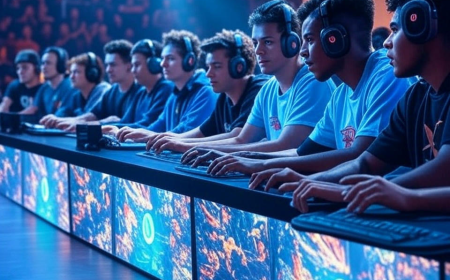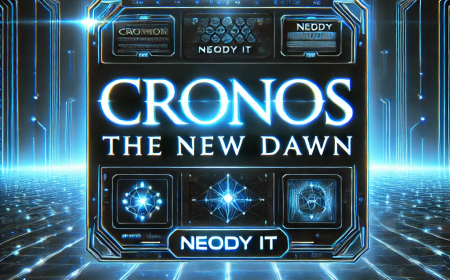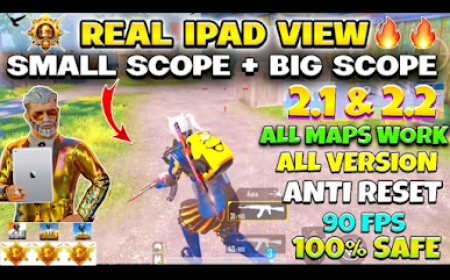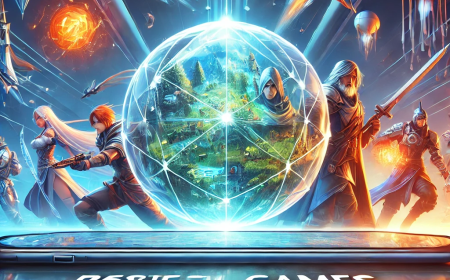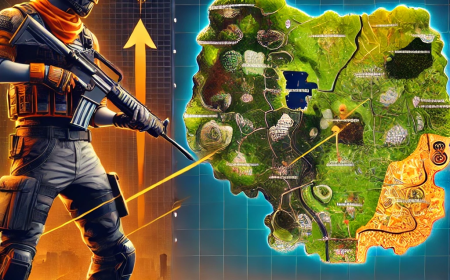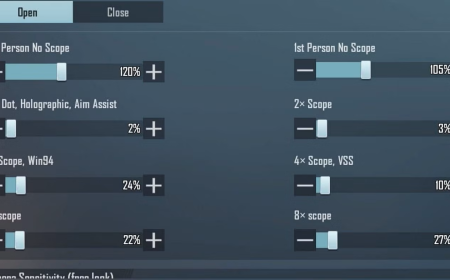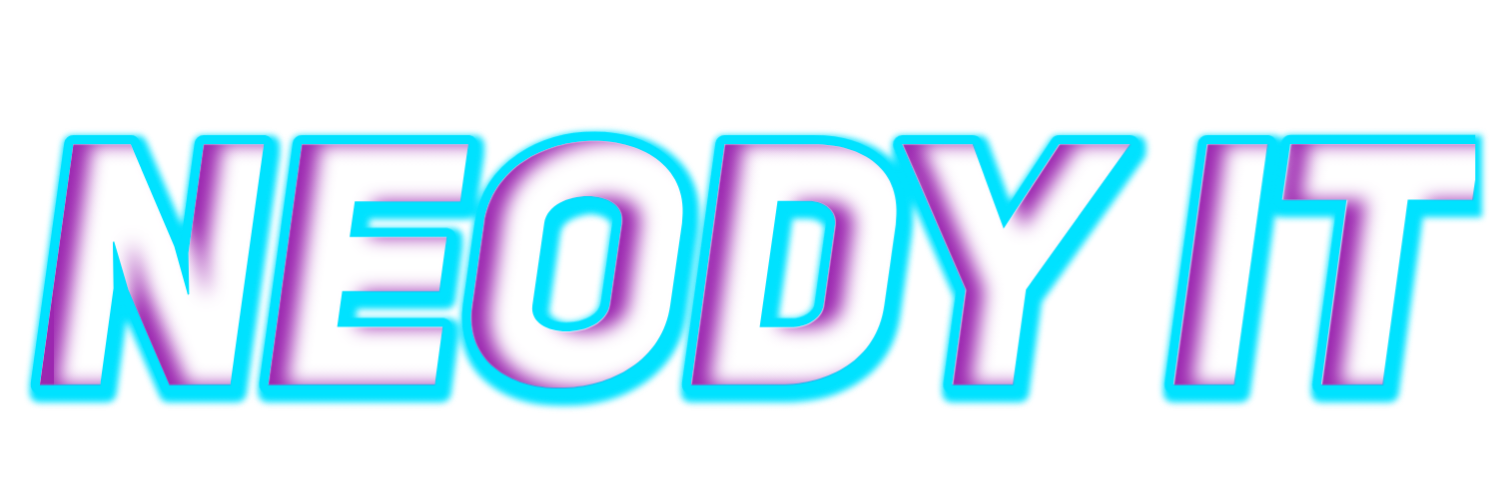Reinforcement Learning : The Basics and Real-World Applications
Learn how RL agents can make decisions and learn from their experiences to achieve optimal outcomes.
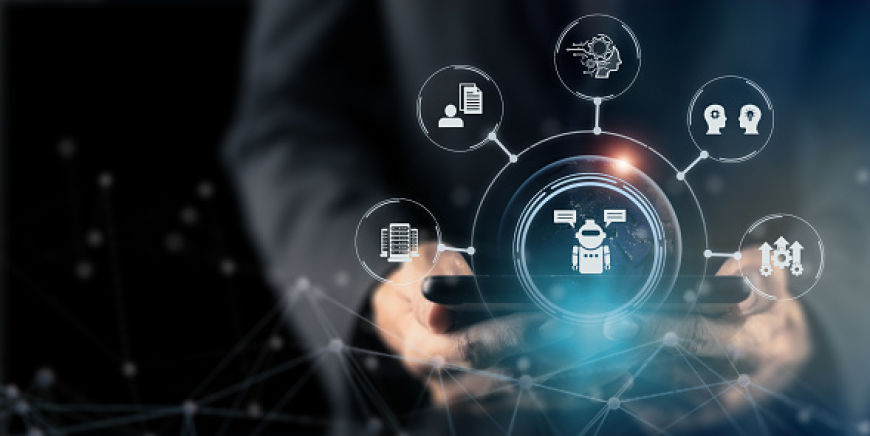
Reinforcement Learning (RL) and Its Applications: A Neody IT Perspective
Reinforcement Learning (RL) is a subfield of machine learning focused on training algorithms to make decisions based on feedback from their environment, with the goal of maximizing rewards. Unlike supervised learning, which relies on labeled data, and unsupervised learning, which works with unlabeled data, RL learns through trial and error. This allows the algorithm to improve its decision-making abilities by interacting directly with its environment.
The Agent-Environment Interaction
At the core of RL is the concept of an agent—an entity that takes actions within an environment to achieve a specific goal. The agent observes the environment, makes decisions, and receives feedback in the form of rewards (or penalties). Rewards signal progress toward the goal, while penalties indicate the need for behavioral adjustments.
The aim of RL algorithms is to develop a policy, which is a mapping from states to actions that maximizes expected rewards over time. This policy can either be deterministic, where the same action is taken for a given state, or stochastic, where different actions may be taken with certain probabilities. The policy itself can be represented by a function, table, or neural network.
Steps in Reinforcement Learning
The RL process can be broken down into the following steps:
1. Observation: The agent observes the current state of its environment.
2. Action Selection: Based on its policy, the agent selects an action.
3. Environment Transition: The environment transitions to a new state as a result of the agent’s action.
4. Reward Calculation: The agent receives a reward based on the new state.
5. Policy Update: The agent updates its policy using the new state, action, and reward.
6. Repeat: The process is repeated until the agent reaches a terminal state or a predetermined number of steps.
Policy Updates: Value-Based and Policy-Based Methods
RL algorithms learn by updating policies based on the rewards accumulated over time. There are two main approaches to this:
- Value-Based: These algorithms focus on learning the optimal value function, which estimates the expected reward over time for a given state and policy. The optimal policy is then derived by selecting actions that maximize this value. Q-learning is a common value-based RL algorithm.
- Policy-Based: These algorithms directly optimize the policy by maximizing the expected rewards over time. Gradient descent is often used to adjust the parameters of the neural network representing the policy. A widely used policy-based algorithm is REINFORCE.
Real-World Applications of Reinforcement Learning
Reinforcement Learning has been successfully applied across various domains, offering innovative solutions in robotics, gaming, finance, healthcare, autonomous vehicles, and beyond. At Neody IT, we recognize the transformative potential of RL and are continually exploring its applications in real-world scenarios, such as:
1. Robotics: RL helps robots learn complex tasks like object recognition and manipulation. For instance, RL has been applied to teach robotic arms how to assemble objects, balance poles, or navigate mazes.
2. Gaming: RL has led to the development of game-playing agents that outperform humans. DeepMind's AlphaGo, which used RL to defeat the world champion in Go, is a prime example.
3. Finance: RL is revolutionizing portfolio management, trading strategies, and risk management by optimizing trading actions and predicting market behaviors.
4. Healthcare: In healthcare, RL is being used for drug discovery, clinical decision-making, and personalized treatments. It helps optimize chemotherapy dosing and predict patient outcomes.
5. Autonomous Vehicles: RL enables self-driving cars to make intelligent decisions in real-time, navigating complex environments, avoiding obstacles, and making lane changes.
6. Advertising and Marketing: RL is applied in ad optimization and recommendation systems to personalize content for users, optimize ad targeting, and enhance user engagement.
7. Energy Management: RL supports smart grid management, renewable energy optimization, and energy-efficient buildings by predicting energy demand and optimizing power consumption.
The Future of RL with Neody IT
The future of RL is bright, and its applications are only limited by our imagination. Whether in finance, healthcare, or energy management, RL has the potential to revolutionize how decisions are made in dynamic environments. At Neody IT, we are excited to be a part of this journey, leveraging RL to create smarter solutions for businesses and individuals alike.
What's Your Reaction?
 Like
2
Like
2
 Dislike
0
Dislike
0
 Love
0
Love
0
 Funny
0
Funny
0
 Angry
0
Angry
0
 Sad
0
Sad
0
 Wow
0
Wow
0
